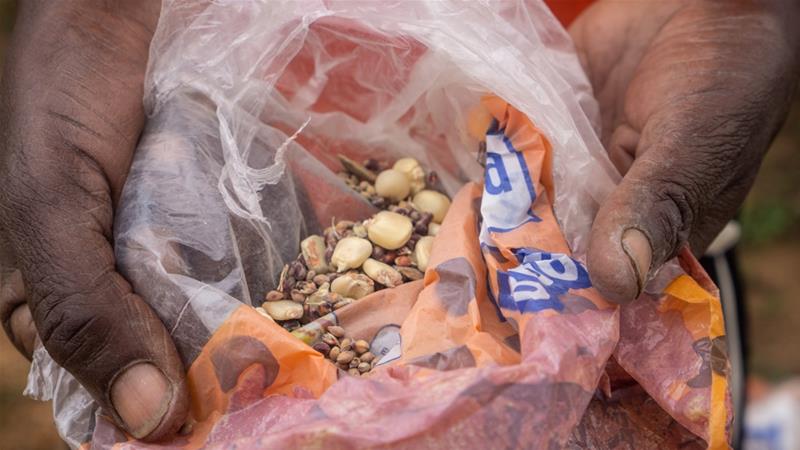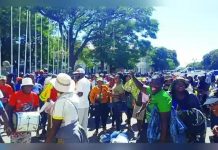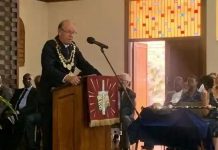Bulawayo, Zimbabwe – Every morning, just before the daily power cut kicks in, Juliet Gumbo enters her kitchen to start preparing her meal. It will be her only food for the day, but she will have it hours later, when she returns to her electricity-lacking home after a day spent farming or hawking goods on the streets of Bulawayo, Zimbabwe’s second-largest city.
Gumbo, a 52-year-old widow lacking a steady job, is just one of many Zimbabweans struggling to cope with a scorching drought and economic instability that have pushed millions to the brink of famine.
“I eat what I can get,” Gumbo said.
More:
Zimbabwe is in the grip of its worst economic crisis in 10 years, with inflation soaring to 300 percent and the population suffering fuel shortages, power rationing and currency woes. Emmerson Mnangagwa, who succeeded Robert Mugabe after a military intervention forced the longtime president to resign, has struggled to revive the economy while the long-standing financial troubles have been worsened by extreme weather shocks.
And now Zimbabwe is facing major food insecurity as many people do not have enough food to eat or they cannot afford it. According to Hilal Elver, the United Nations‘ special rapporteur on the right to food, the country is on the verge of “man-made starvation”, with close to 60 percent of its 14-million population being food insecure.






